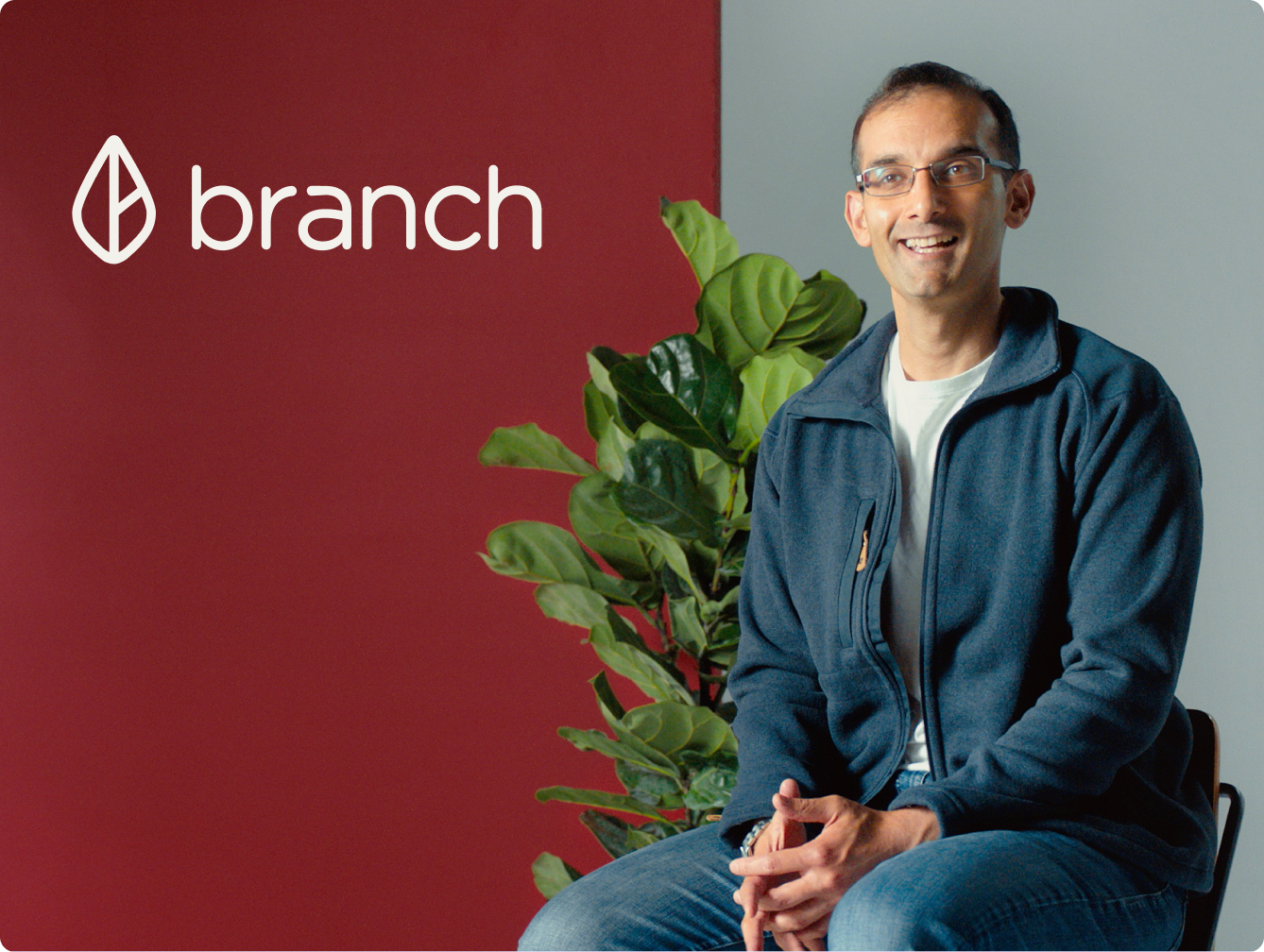CUSTOMER: PADSPLIT
Opening doors with fast income verification
With Plaid, PadSplit’s reliance on resource-intensive manual income verification dropped by 70%, unlocking housing access for qualifying members almost instantly

Goal
Verify income, Underwrite loans
Region
United States
Industry
Fintech
Making housing accessible
The United States is in the midst of a housing crisis, with a shortage of more than 7 million affordable homes for the country’s lowest income earners. In fact, no state has enough affordable rental housing for their economically vulnerable populations.
That’s where PadSplit comes in. Founded in 2017 by Atticus LeBlanc, the co-living marketplace provides safe, cost-effective housing for low-income workers. The award-winning model enables members to find flexible, long-term housing that includes furniture, utilities, and easy access to public transit.
And it does so without requiring a security deposit or minimum credit score—a frequent barrier for this particular income bracket. Instead, PadSplit looks at comprehensive bank account data including income. They initially verified this through a manual process that took up to five days to complete—an eternity for someone in immediate need of housing.
That’s when they turned to Plaid.
<60
PadSplit can now verify income in under 60 seconds
3X
PadSplit tripled their membership year over year
70%
PadSplit slashed their reliance on manual income verification by 70%
Income verification simplified
To become a PadSplit member, applicants first provide basic information like their name and address, through which the company verifies their identity and runs a background check. Once this step is completed successfully, PadSplit moves on to income verification—which is where Plaid comes in.
Prior to Plaid, income verification meant obtaining physical proof of income, ranging from a W2 or pay stub to a disability letter from the government. If you were a gig worker, you were forced to rely on manual methods like taking screenshots of your gig app or writing down your income. Missing or incorrect documents could take days or more to rectify if the applicant chose to stick around at all.
With Plaid, applicants simply select the financial institution where their income is deposited and enter the username and password for the associated account, allowing PadSplit to see their income directly at the source. And because Plaid now connects to more than 12,000 financial institutions globally–often in a matter of seconds–companies like PadSplit are able to reach more users in more places than ever before.
“Before integrating Plaid, verifying an applicant’s income was highly complicated. Each document type implied different data and different sets of risk—all of which had to be built into our process. Plaid does away with all this.”
Head of Member Growth at PadSplit
Faster underwriting
Speed is critical to helping PadSplit provide people with affordable housing when they need it most. For those who are housing-insecure, waiting days to get approved often forces them to seek out housing elsewhere. For some, that means a family member’s basement while for others, it means paying two weeks of rent upfront to stay at an extended stay motel.
Rather than wait as many as five days to get approved through a manual review, applicants using Plaid can complete the process in under 60 seconds: Plaid enables real-time verifications and faster completion times, reducing—and often eliminating—the need for manual intervention.
“The speed Plaid allows us is fundamental to our customer experience,” continues Benkreira. “But it’s an essential value prop for our business, too. If we can’t verify people quickly, they’ll look for another option. It’s as simple as that.”
Real-time verification is helping PadSplit onboard more users and tackle the affordable housing crisis, one room at a time. “Before Plaid, we were manually verifying a couple dozen incomes per week. With Plaid, we’re verifying a couple thousand per month,” says Benkreira. With Plaid’s help, PadSplit has grown their membership by 300% year over year. The best part? PadSplit did all this without having to scale their underwriting team, which means they had more money to invest back into their platform.
Better decisions, less fraud
Income verification with Plaid isn’t just about speed. It also leads to more accurate results. That’s because Plaid helps PadSplit see all sources of income—not just those the applicant manages to provide. It also helps demystify discrepancies in month-to-month changes, particularly for PadSplit members with gig-economy jobs or more than one income source.
Paired with other Plaid products, PadSplit gets a comprehensive view of a potential resident’s complete financial picture, with the most up-to-date income and bank account data, plus up to two years of transaction history. This makes it easy for PadSplit to understand their prospective residents outside of a traditional credit score, helping them make more informed decisions.
Plaid also helps reduce the potential for fraud: As income and bank account data come straight from the source, the opportunity to falsify documents is virtually eliminated. This saves PadSplit on resources—including time devoted to fraud screenings and investigations.
“These are all use cases that we’re looking forward to figuring out with Plaid."
Head of Member Growth at PadSplit
Unlocking new markets
As a company, PadSplit is a geographic specific housing marketplace. While they’ve experienced tremendous growth where they’re based in Atlanta, they’ve recently begun to expand to new markets including Florida and Texas.
With each new market comes new types of members with their own set of needs. For example, certain markets have an overwhelming need for housing among students and freelancers which requires a more tailored approach to verifying income.
Plaid is helping PadSplit meet these challenges head on while unlocking new opportunities each step of the way.
